Do you have a question about the Sinee EM730/EM730E-7R5-3B and is the answer not in the manual?
Safety guidelines for handling and installing the inverter before initial setup.
Safety guidelines and warnings to follow during the physical installation of the inverter.
Essential safety measures for correctly wiring the inverter's main and control circuits.
Critical safety steps to perform before applying power to the inverter.
Flowchart detailing the step-by-step process for inverter commissioning.
Configuration of inverter start, stop, and running modes via keyboard or terminals.
Procedure for identifying motor parameters to optimize inverter control performance.
A comprehensive listing of all functional parameters, their settings, and attributes.
Detailed description of parameters for start/stop control in the F04 group.
Detailed description of parameters for VF control in the F05 group.
Detailed description of parameters for vector control in the F06 group.
Detailed description of protection parameters in the F07 group.
Detailed description of parameters for PID control in the F09 group.
Detailed description of parameters for torque control in the F13 group.
Explanation of the purpose and necessity of motor parameter self-identification.
Step-by-step instructions for performing motor parameter self-identification.
Table detailing protection codes, causes, and corresponding solutions for inverter faults.
Troubleshooting common inverter and motor operational issues.
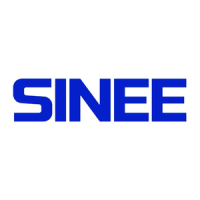



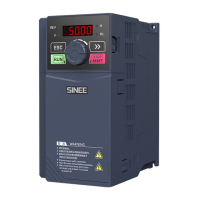
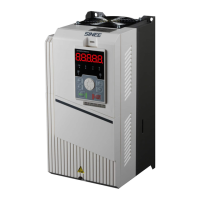
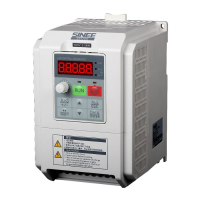



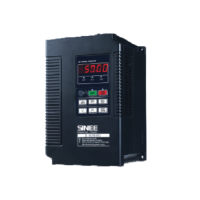

